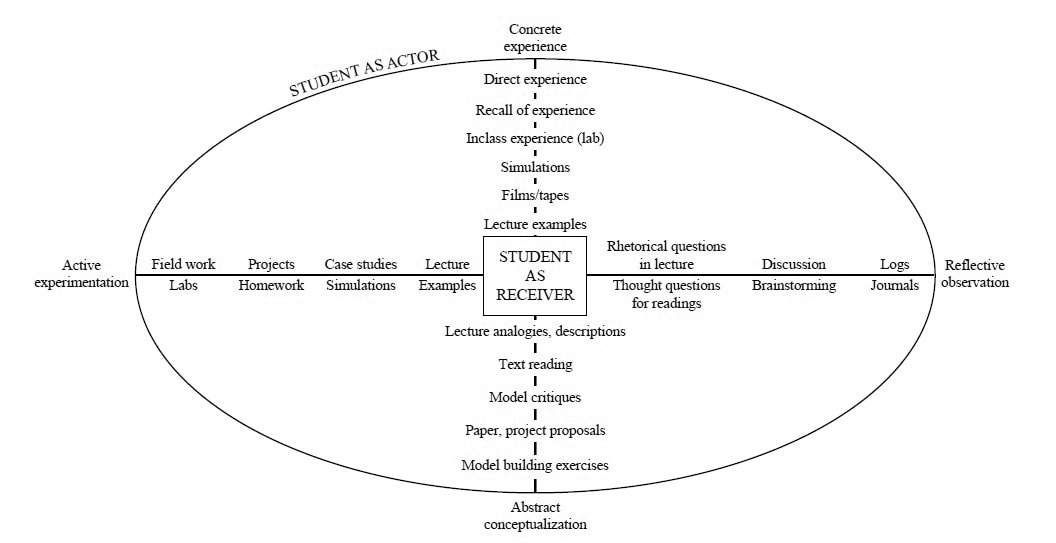Exploring definitions and perceived value of experiential learning at an American university in Asia.
1) What definitions of experiential learning are expressed by students, faculty, and administrators?
2) Within a classroom learning context, how do participants describe teaching and learning related to experiential learning? Specifically, how do:
a. students describe their own classroom experiences with experiential learning?
b. instructors describe their experiences with experiential learning?
c. administrators describe their understandings of the ways in which instructors and students experience and engage in experiential learning?
3) What value, if any, do students, faculty, and administrators ascribe to experiential learning?
During this research, which involved interviews of students, instructors, and academic administrators, I was impressed by the insights and thoughtfulness of many of the students. Interview questions included asking about the value of experiential learning, its challenges, and definitions from the students' perspectives. Here is one student's statement of value:
"I think it enables me to ... be more adaptable. Yeah, because it puts me in a situation likes there's no predictability. I have no idea what I'm going to face next. So it keeps me on my toes ... enables me to think fast and be more ... malleable, yeah."
Here is another quote from a student who is defining experiential learning:
"I think experiential learning is ... a more active form of learning ... it doesn’t involve just like the lectures and the spoon-feeding that most Asian education systems are like ... Asian education system is ... it’s very common to have the lecture style of teaching in Asian schools, but I feel that the program [I am in now] is more of interactive ... We did class group projects and discussions in class. So it’s more about like an active engagement in the content that we’re learning. It’s not simply just memorizing from the textbooks. So I feel that yeah, it’s like we get to interact first hand with practicalities of the content that we’re learning."
Several students identified social loafers among the challenges of experiential learning. For example:
"I guess one of those would be social loafer where people do not put in as much effort as you do, and perhaps also the level of motivation, because maybe some people are not as motivated to accomplish this task."
There is so much more. For the next two months, I will be analyzing the interview data to code and categorize the interviews, and then to identify themes. Listening to the students during the interviews was a treat. I look forward to revisiting the interview transcripts and the recordings to conduct the analysis. More updates will follow.
Image reference
Bergsteiner, H., et al. (2010). "Kolb's experiential learning model: critique from a modelling perspective." Studies in Continuing Education 32(1): 29-46.

 RSS Feed
RSS Feed